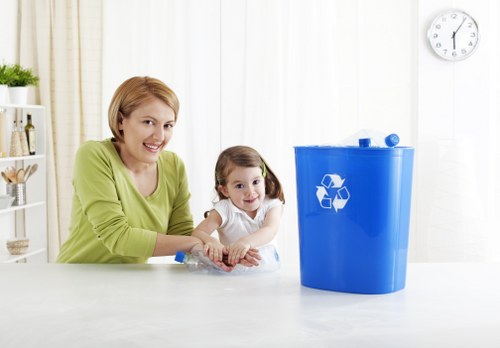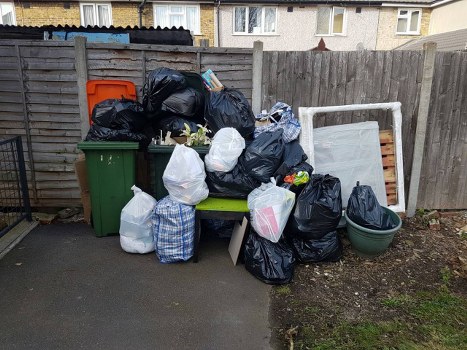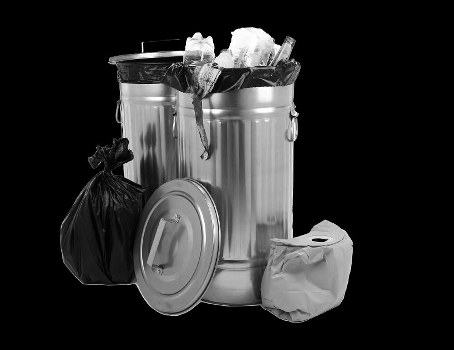Waste Disposal in Rubbish Clearance: Best Practices and Solutions
Understanding Waste Disposal in Rubbish Clearance

Effective waste disposal is a critical component of rubbish clearance services. Proper waste management ensures environmental sustainability and public health safety. Whether it's residential, commercial, or industrial waste, understanding the nuances of disposal is essential for maintaining cleanliness and compliance with regulations.
Rubbish clearance involves the collection, transportation, and disposal of various types of waste. This can range from everyday household garbage to more complex industrial by-products. Implementing efficient waste disposal methods helps in reducing landfill burden and promotes recycling and reuse.
Incorporating sustainable practices in waste disposal not only benefits the environment but also leads to cost savings and improved public image for businesses. It is imperative to stay informed about the latest waste management strategies and technologies to optimize rubbish clearance operations.
Types of Waste in Rubbish Clearance

1. Municipal Solid Waste (MSW)
Municipal Solid Waste includes everyday items discarded by the public, such as packaging, food scraps, and paper products. Efficient MSW disposal requires organized collection systems and effective recycling programs to minimize environmental impact.
2. Hazardous Waste
Hazardous waste comprises materials that pose significant risks to health or the environment, including chemicals, batteries, and medical waste. Specialized disposal methods are necessary to handle such waste safely.
3. Industrial Waste
Industrial waste is generated from manufacturing and production processes. It often includes by-products that require proper treatment and disposal to prevent contamination and ensure regulatory compliance.
Best Practices for Waste Disposal

Reduce, Reuse, Recycle
The 3Rs principle is fundamental in waste management. Reducing waste generation, reusing materials, and recycling are effective strategies to manage waste sustainably.
Segregation at Source
Separating waste at the source ensures that recyclable and non-recyclable materials are handled appropriately. This practice enhances the efficiency of rubbish clearance and minimizes contamination.
Proper Disposal Techniques
Employing the right disposal techniques, such as incineration for hazardous waste or composting for organic waste, is crucial. Each type of waste requires specific methods to mitigate environmental impact.
Technological Innovations in Waste Disposal

Automated Sorting Systems
Advanced sorting technologies use sensors and robotics to categorize waste materials automatically. This increases the accuracy and speed of recycling processes.
Waste-to-Energy Solutions
Converting waste into energy through methods like anaerobic digestion and gasification provides an alternative energy source while reducing landfill use.
Smart Waste Management Systems
Integrating IoT devices in waste management allows for real-time monitoring and improved logistics in rubbish clearance operations.
Environmental and Regulatory Considerations

Compliance with Regulations
Adhering to local and international waste disposal regulations is mandatory. Ensuring compliance helps avoid legal issues and promotes responsible waste management.
Environmental Impact
Understanding the environmental implications of different disposal methods is essential. Sustainable practices mitigate negative effects on ecosystems and public health.
Community Engagement
Engaging with the community through education and participation programs fosters a culture of responsible waste disposal and enhances the effectiveness of rubbish clearance.
Choosing the Right Rubbish Clearance Service
Selecting a reputable waste disposal service is vital for effective rubbish clearance. Consider factors such as the service provider's adherence to regulations, environmental policies, and the range of services offered.
Look for companies that offer comprehensive waste management solutions, including collection, transportation, recycling, and disposal. Transparent practices and customer support are also important indicators of a reliable service provider.
Key Factors to Consider:
- Compliance with environmental regulations
- Range of services provided
- Recycling and sustainability initiatives
- Customer reviews and reputation
- Cost-effectiveness and pricing structure
By evaluating these factors, you can ensure that your waste disposal needs are met efficiently and responsibly.
Future Trends in Waste Disposal
The waste disposal industry is continually evolving with advancements in technology and increased emphasis on sustainability. Future trends include enhanced recycling techniques, increased use of AI in waste management, and greater integration of circular economy principles.
Adopting innovative solutions and staying abreast of industry developments will be crucial for businesses and communities aiming to improve their rubbish clearance processes and environmental impact.
Embracing these trends can lead to more effective waste management strategies, reduced environmental footprints, and the creation of more sustainable communities.
Conclusion
Effective waste disposal is a cornerstone of successful rubbish clearance operations. By understanding the different types of waste, implementing best practices, leveraging technological innovations, and adhering to environmental regulations, businesses and communities can achieve sustainable waste management.
Choosing the right service provider and staying informed about future trends will further enhance the efficiency and impact of your waste disposal efforts.
Contact us today to learn more about our comprehensive rubbish clearance services and how we can help you manage your waste responsibly.